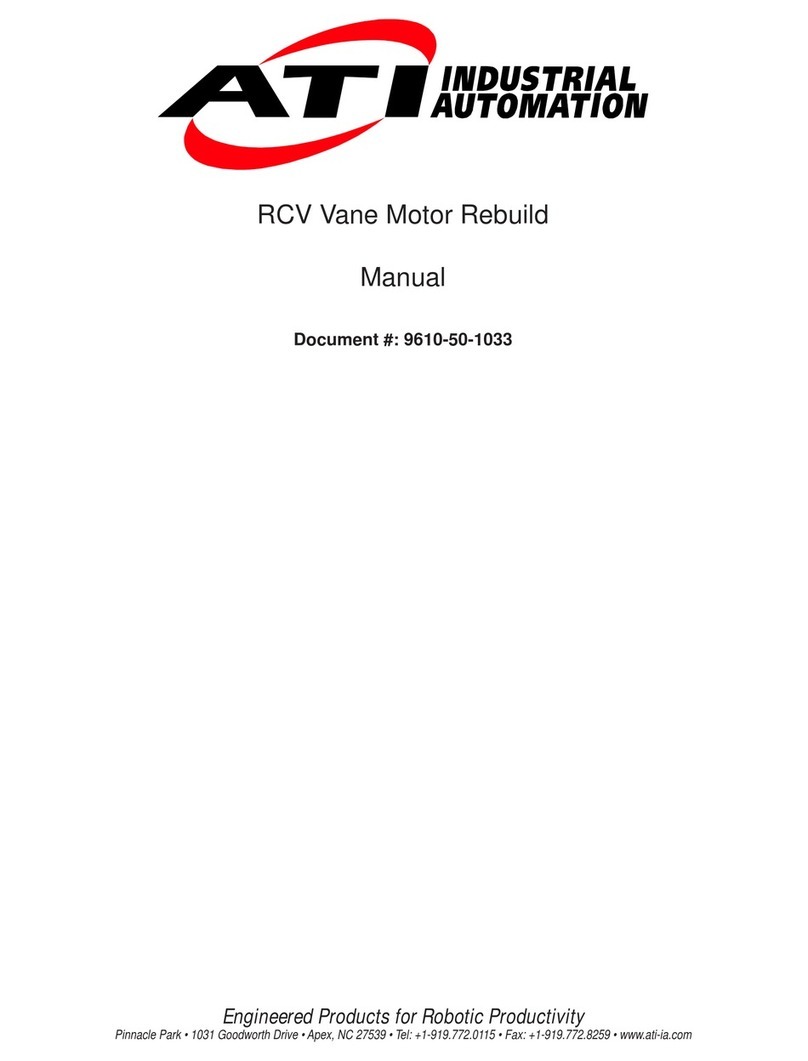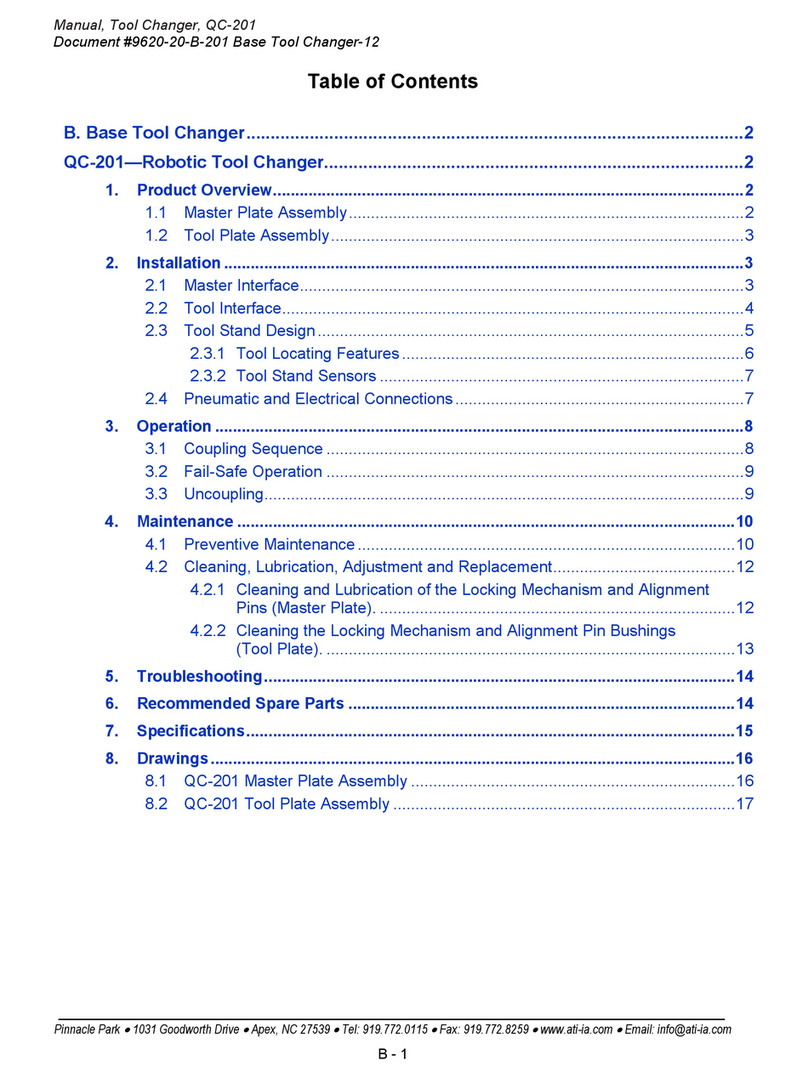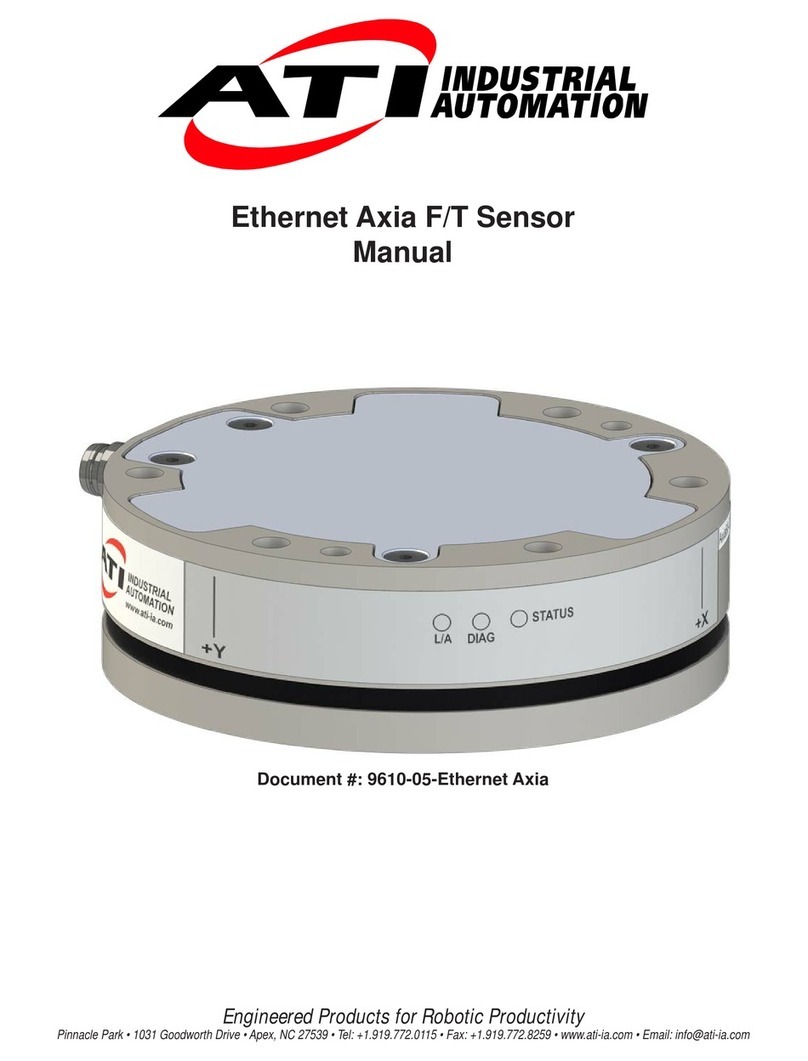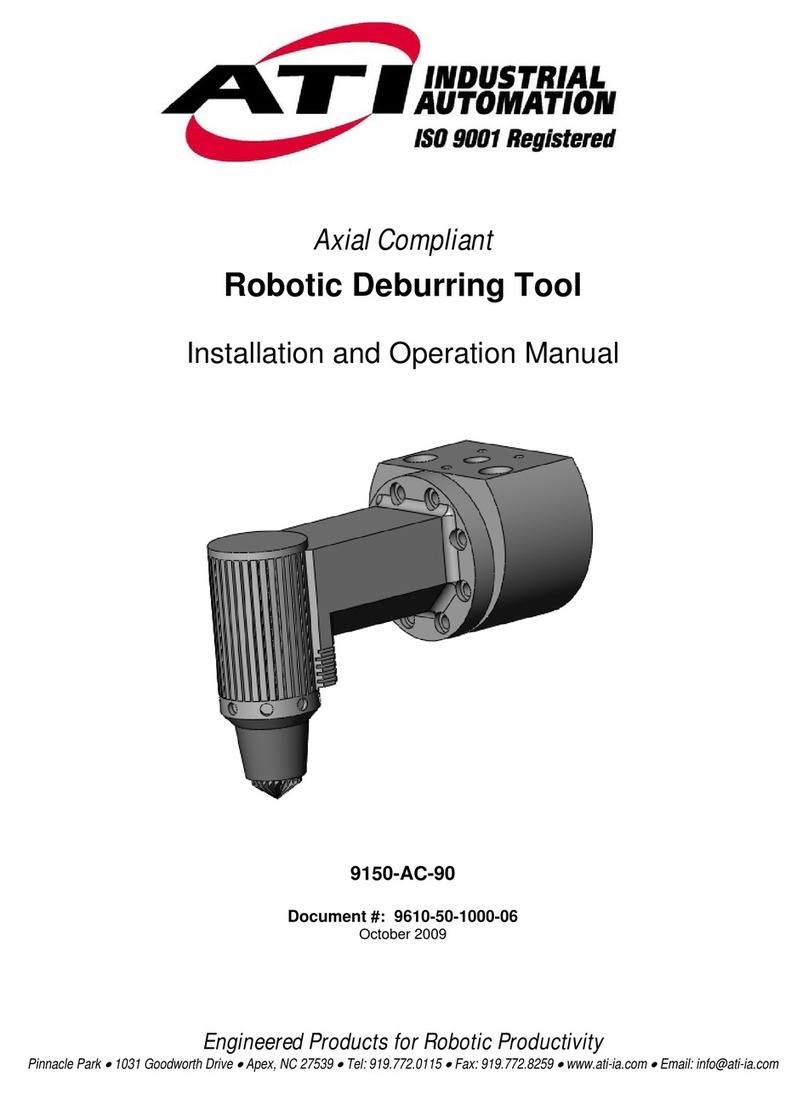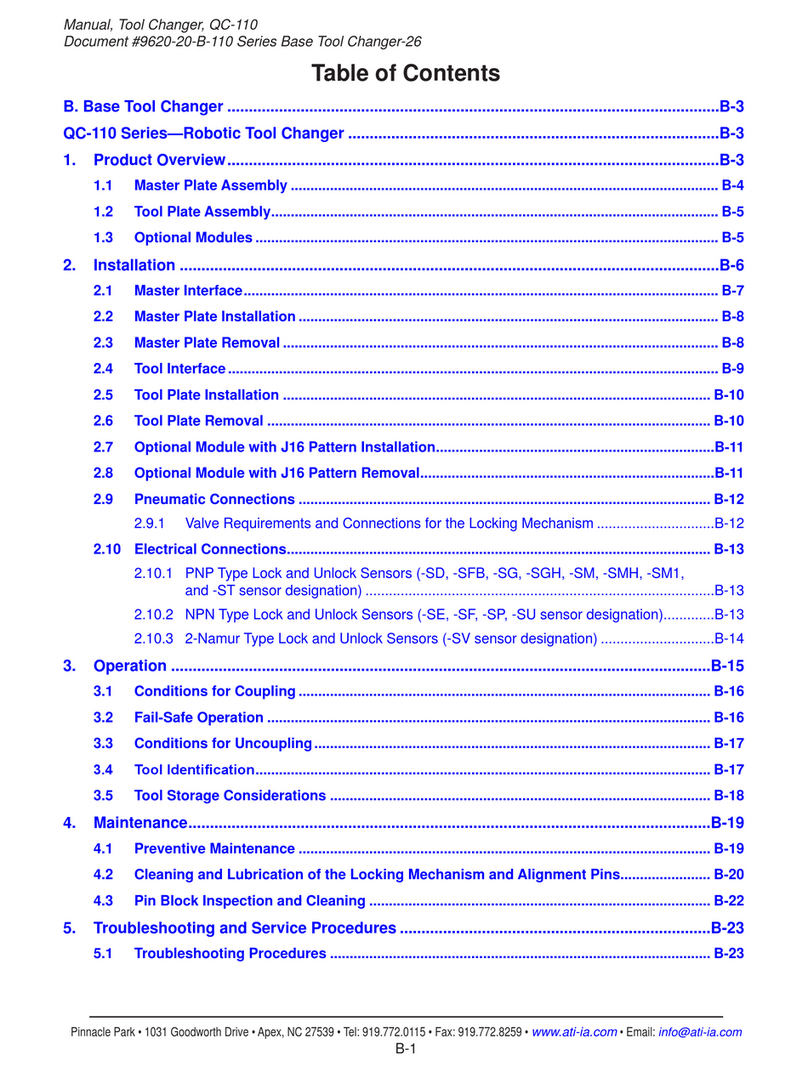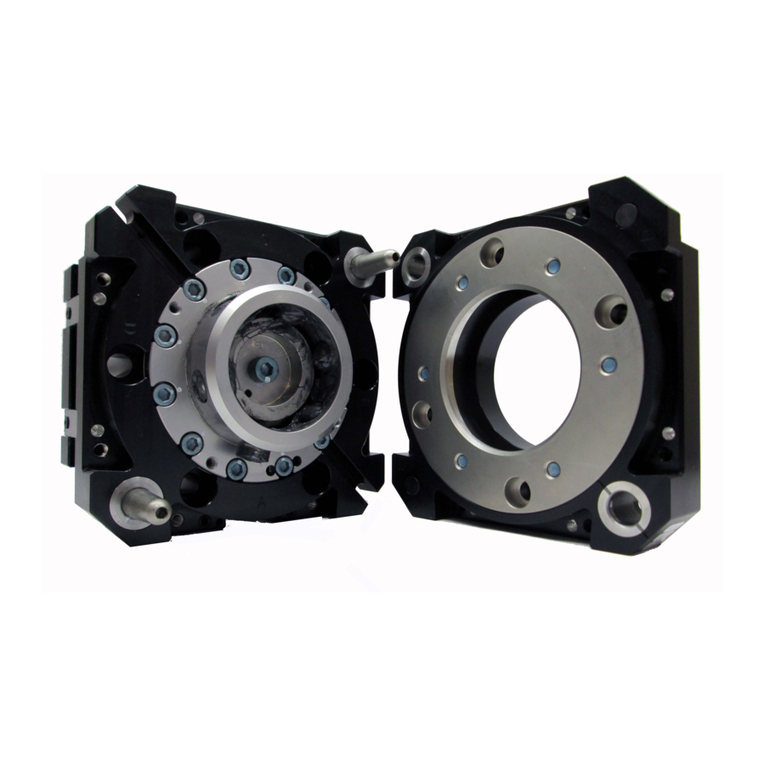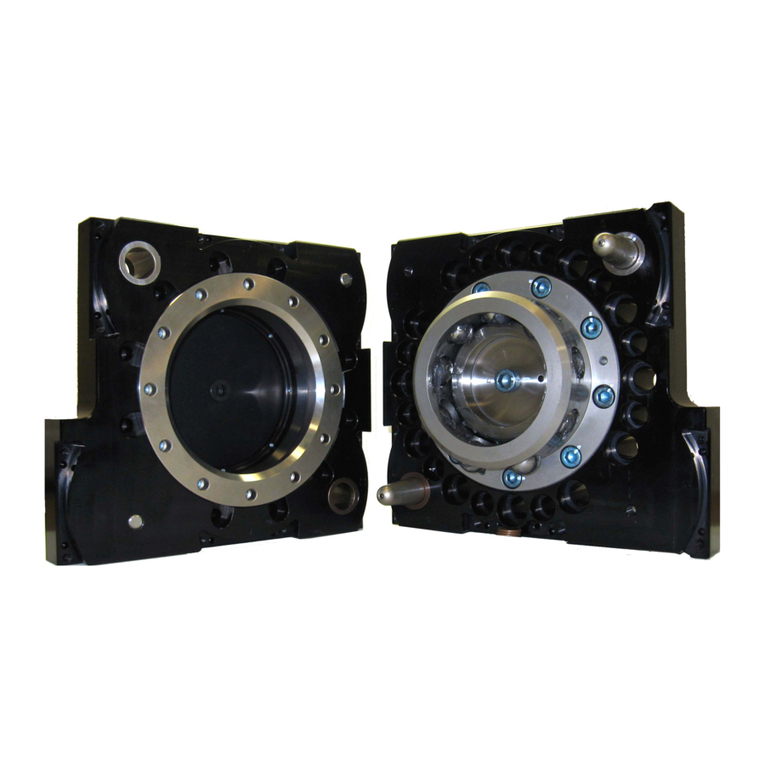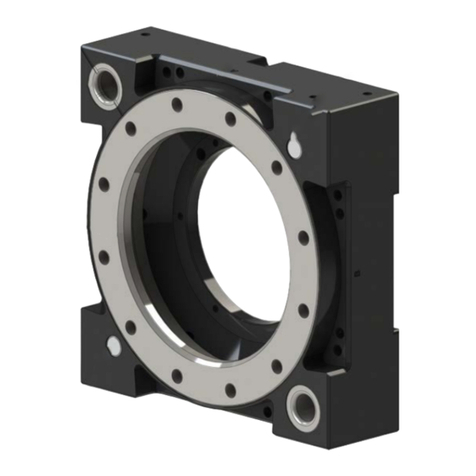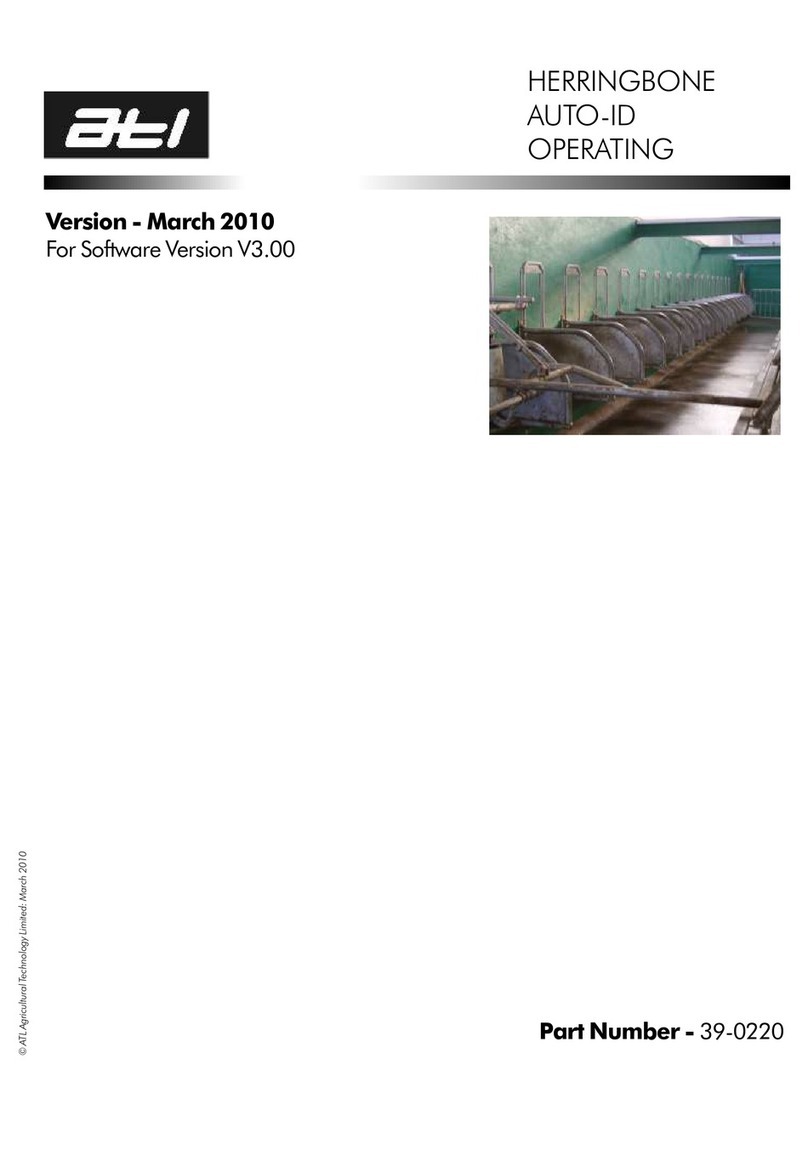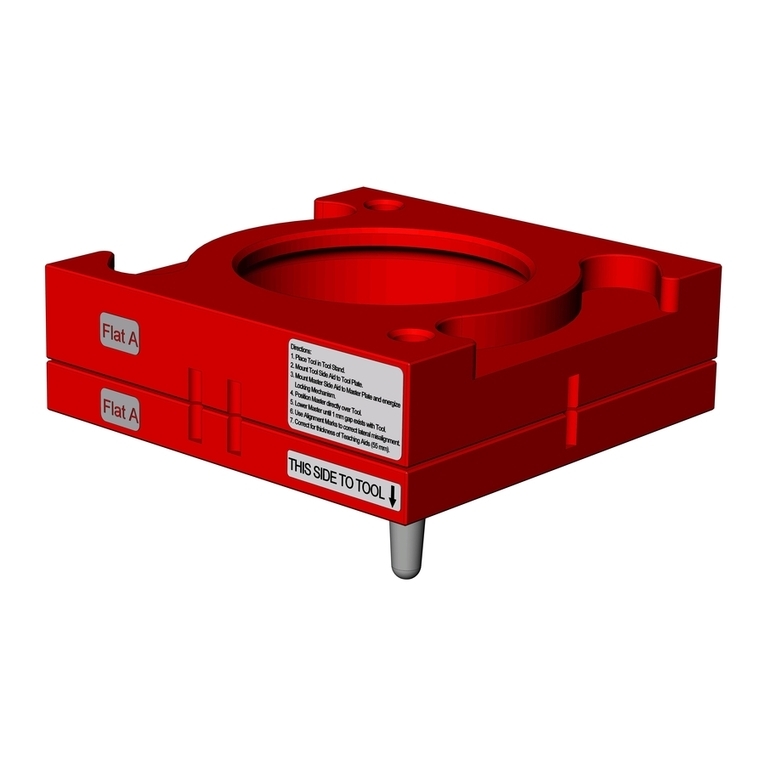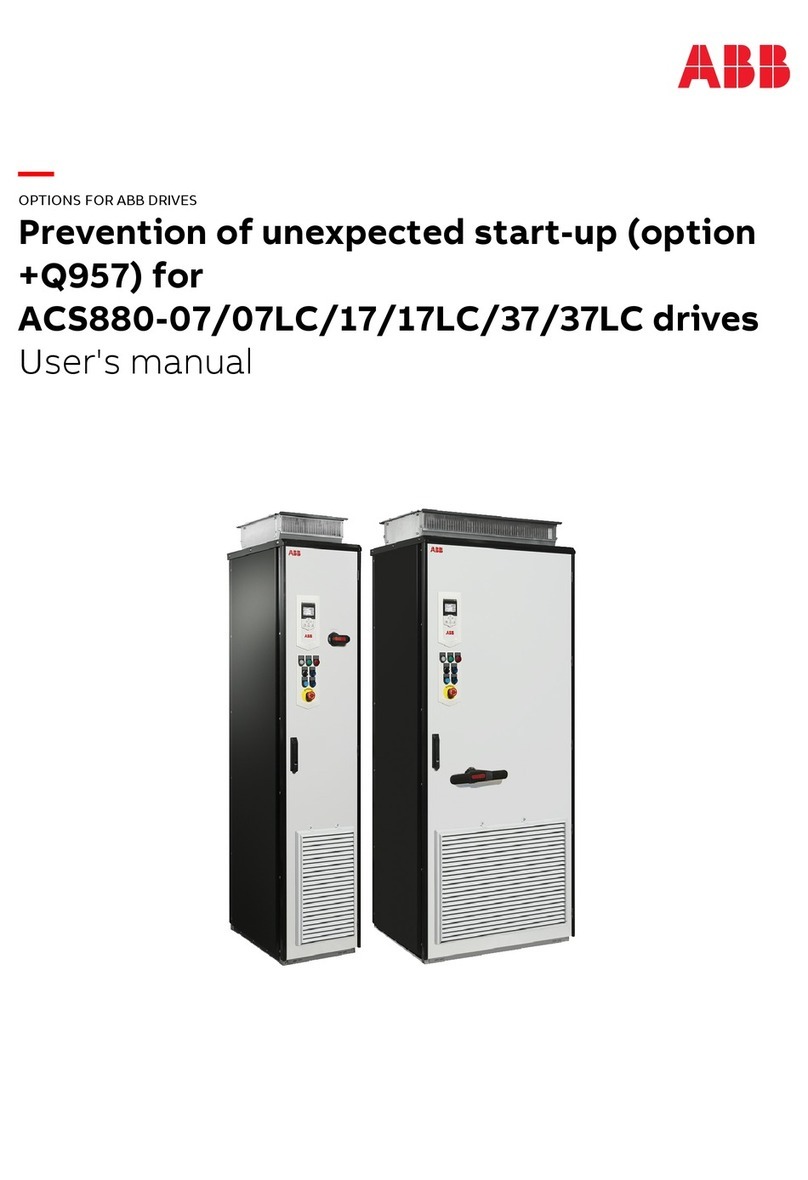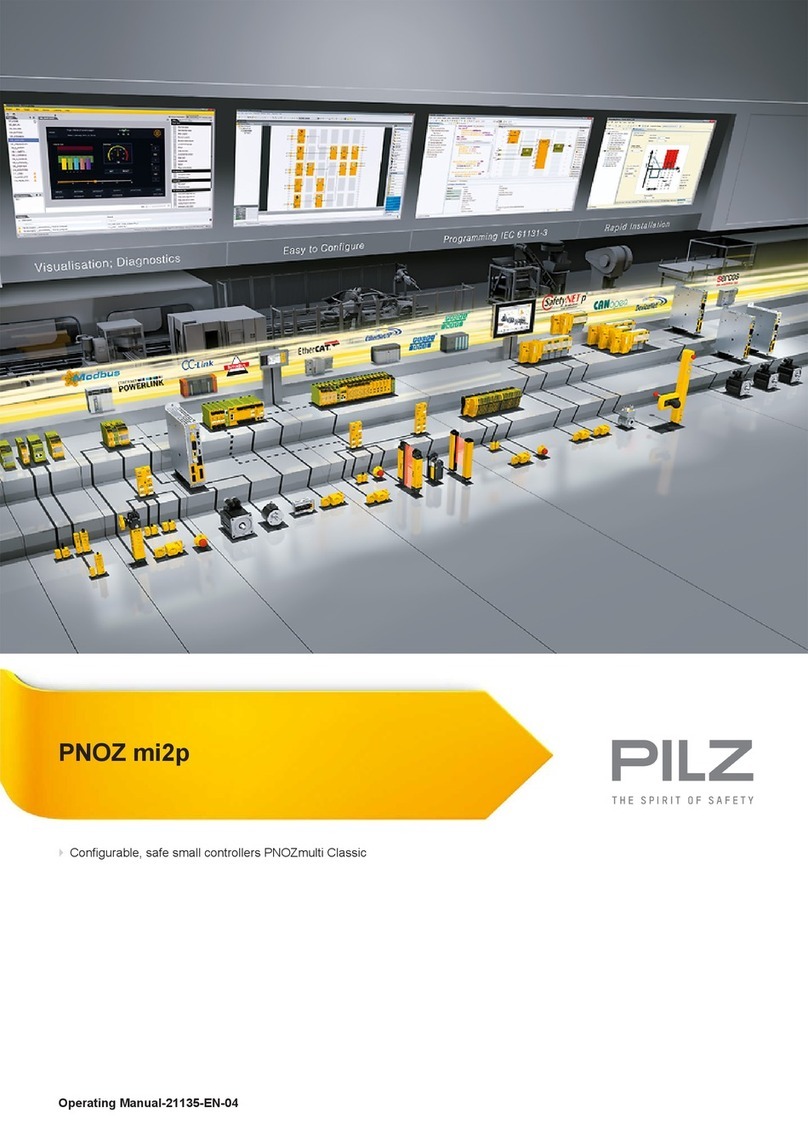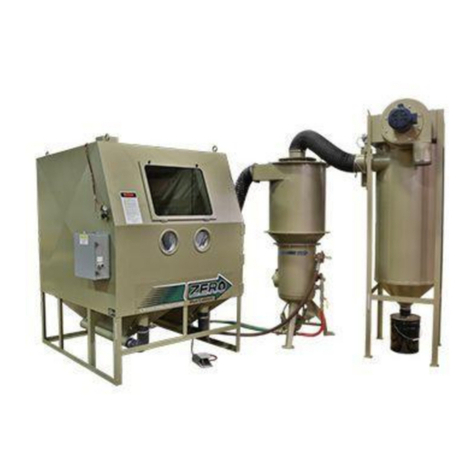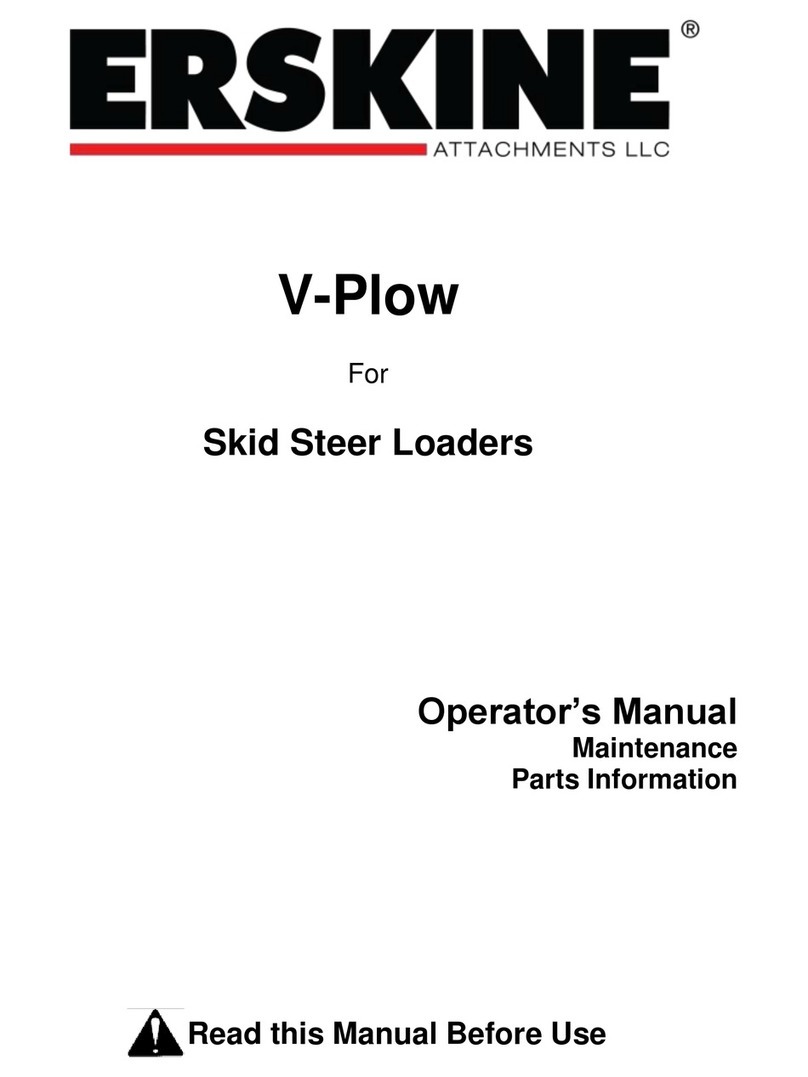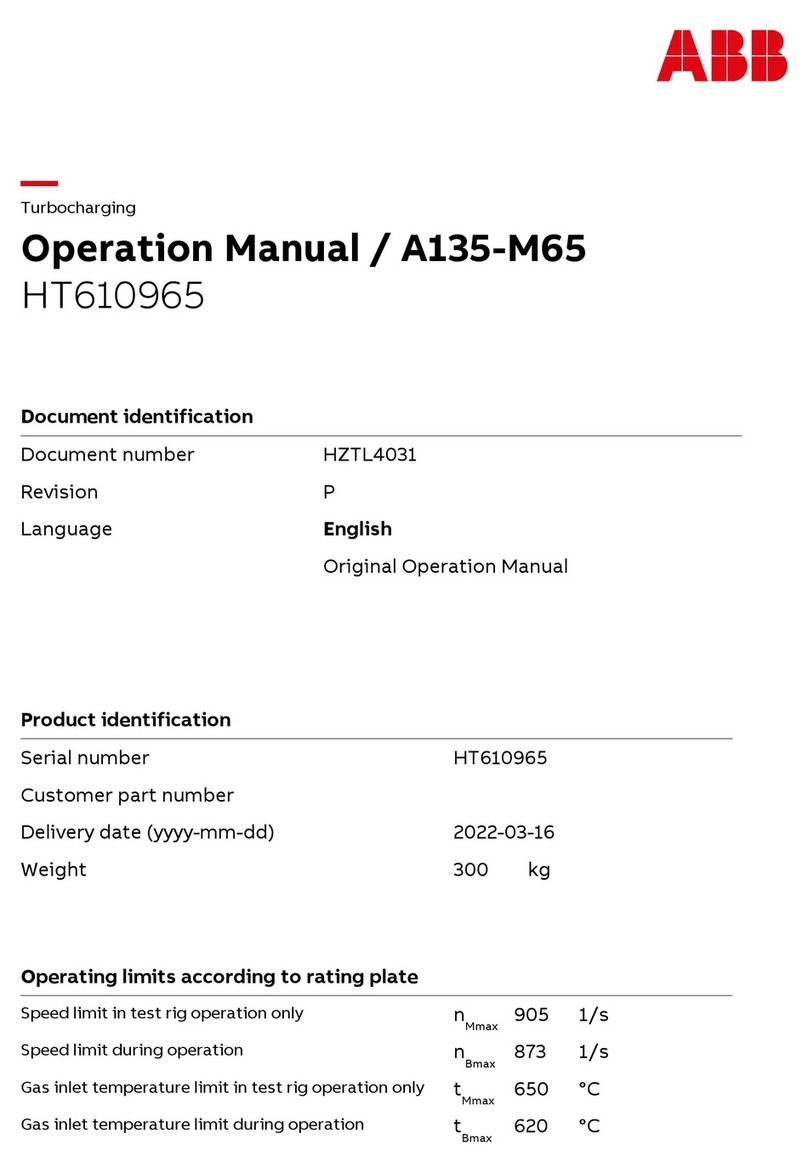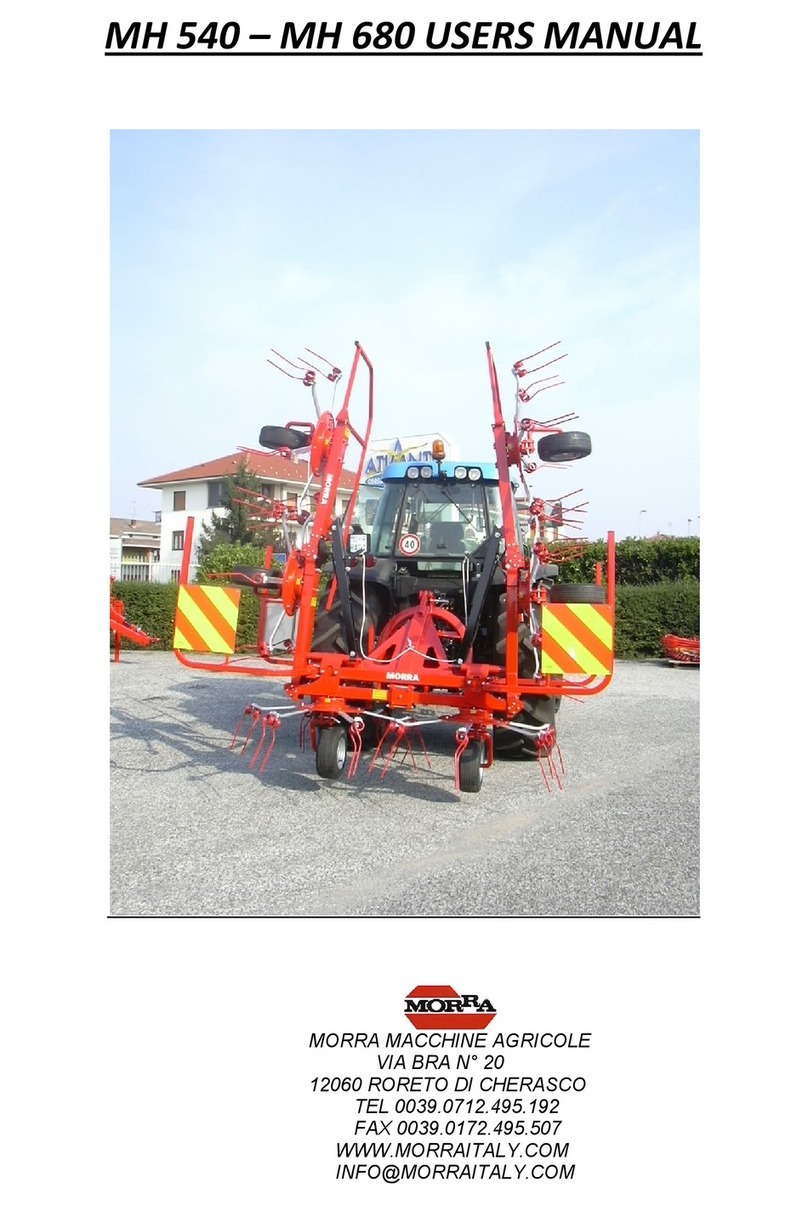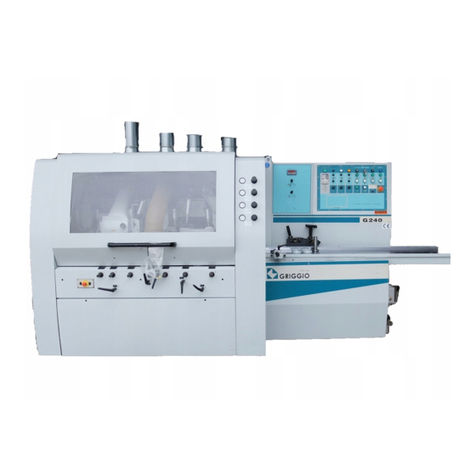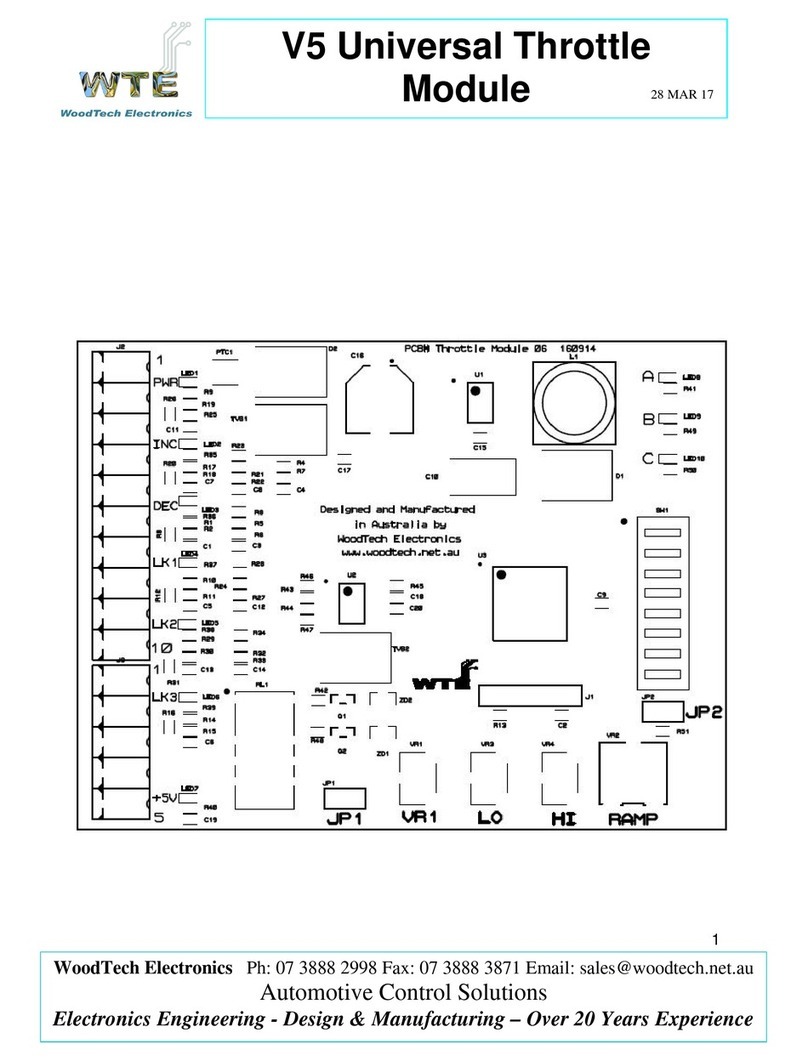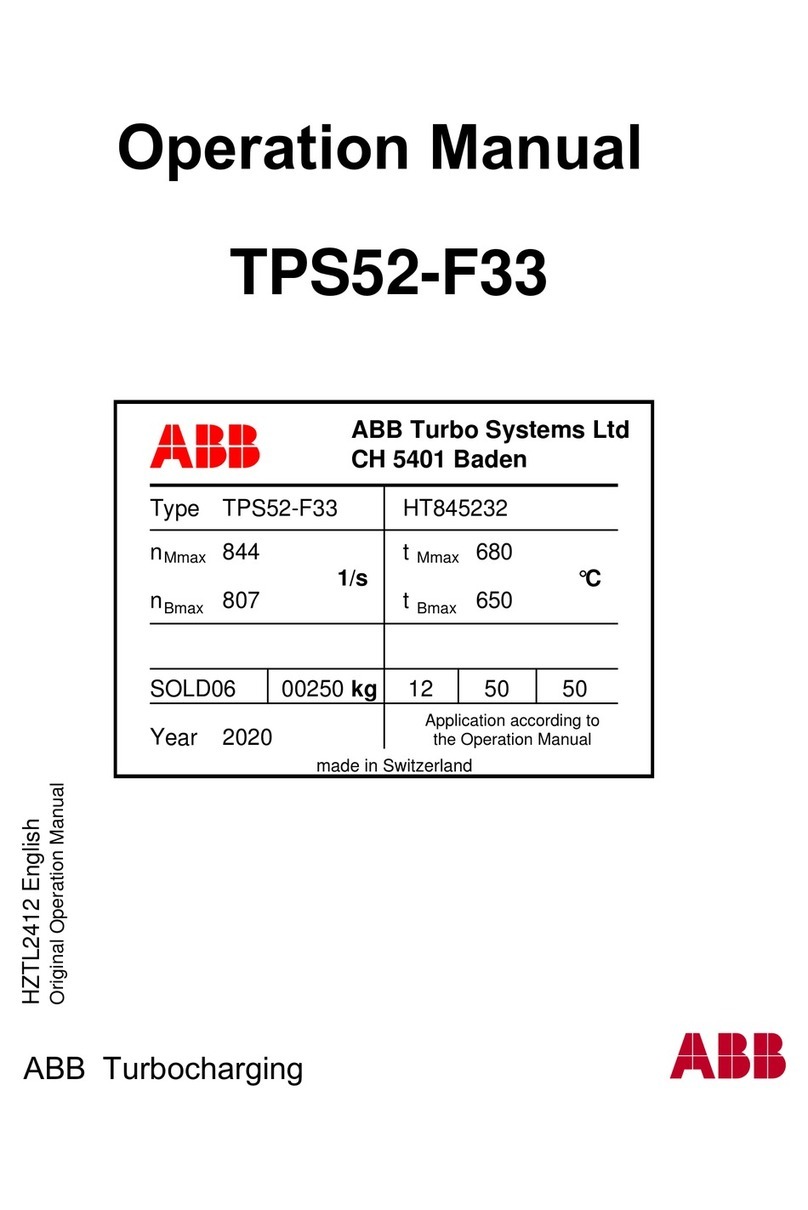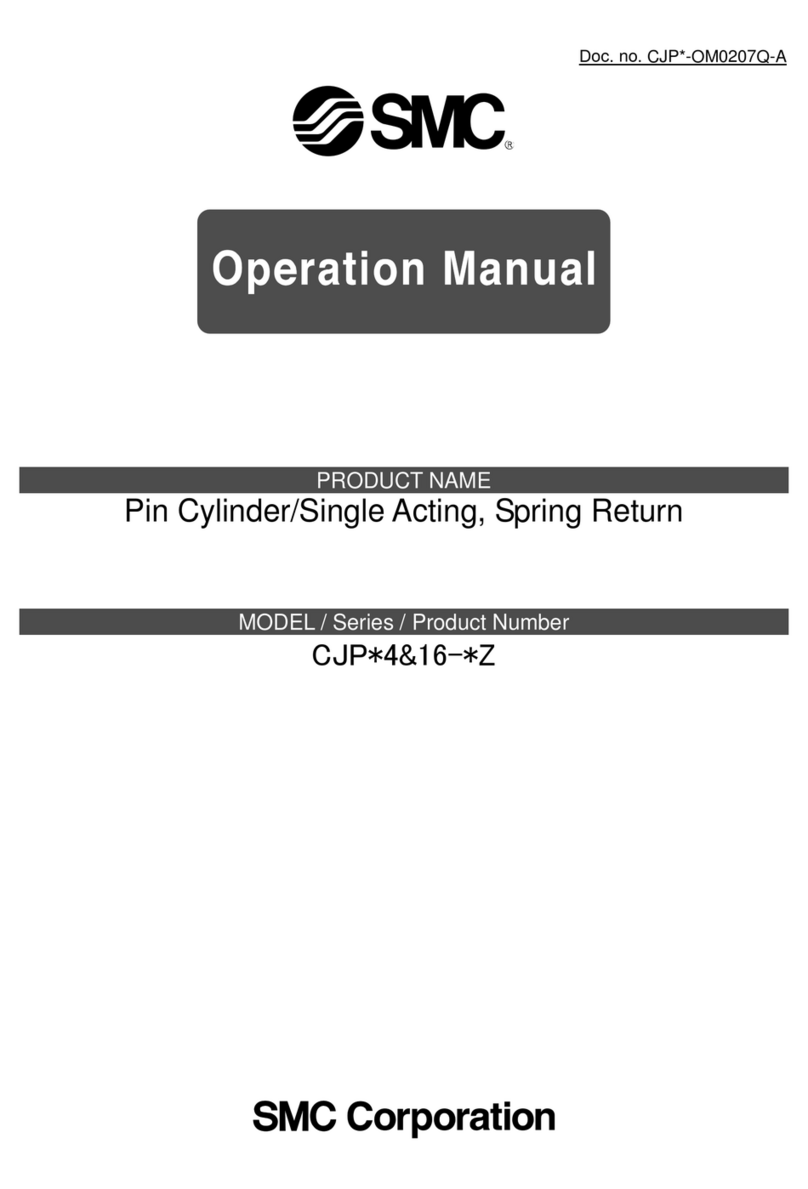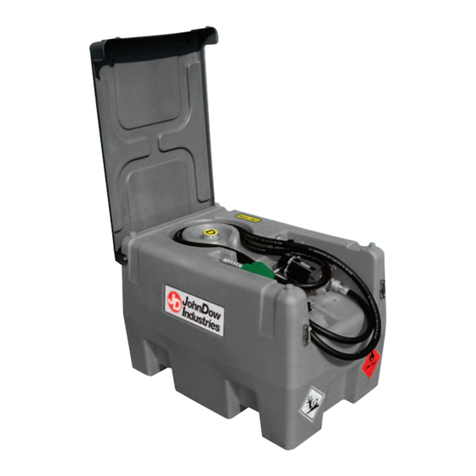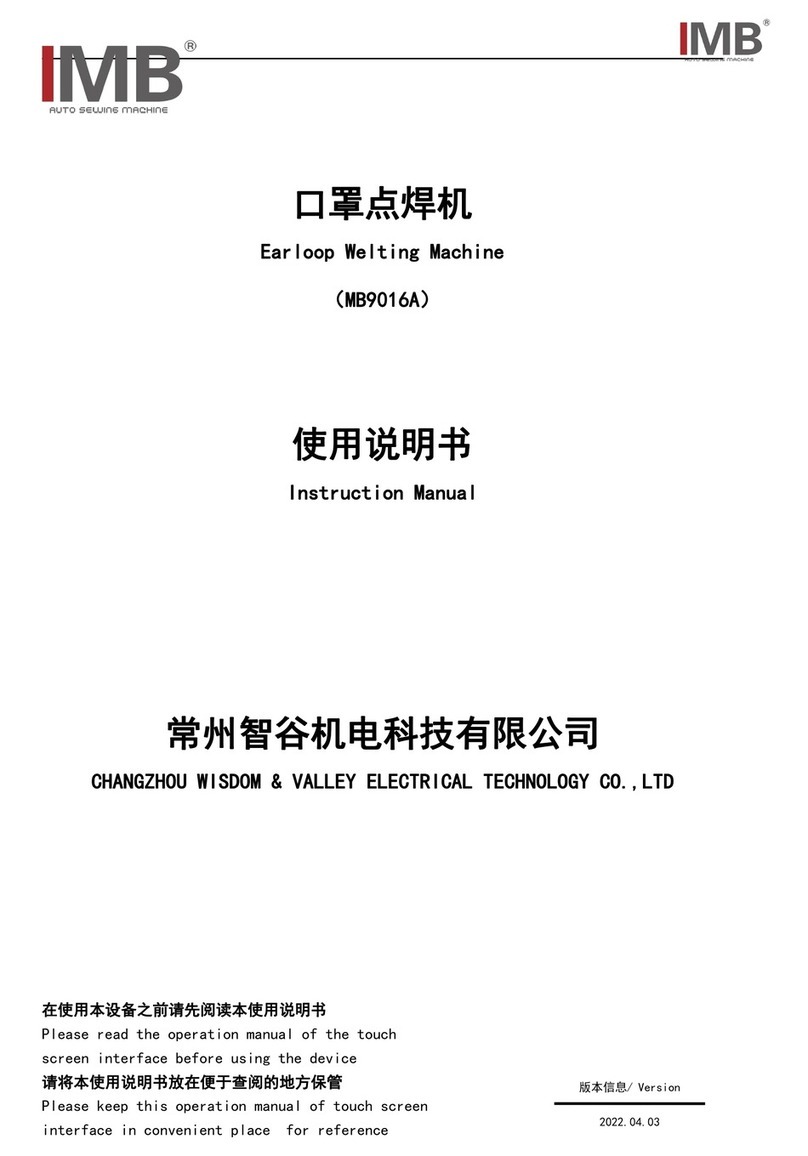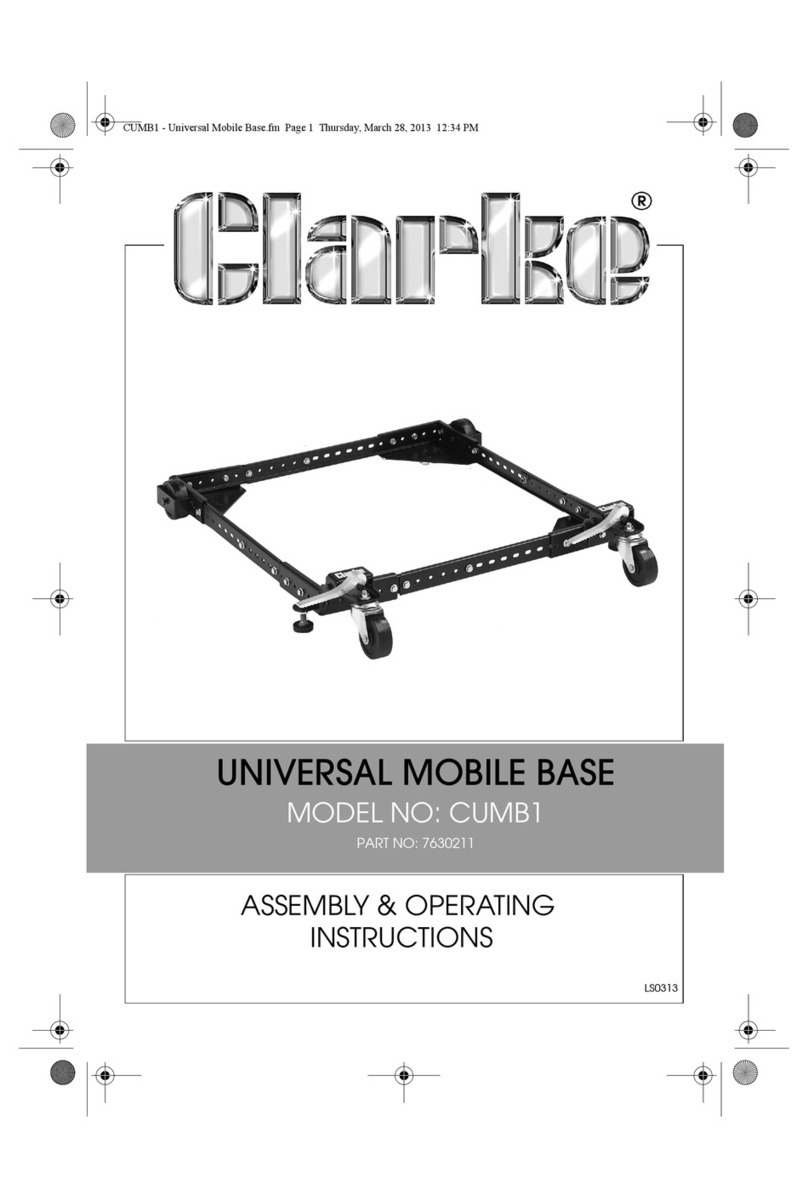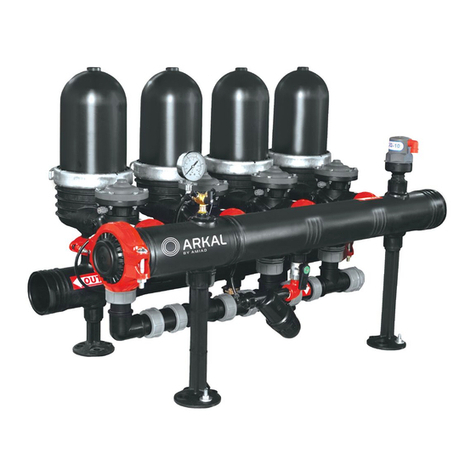
Manual, Tool Changer, QC-303
Document #9620-20-B-303 Base Tool Changer-09
Pinnacle Park
1031 Goodworth Drive
Apex, NC 27539
Tel: 919.772.0115
Fax: 919.772.8259
www.ati-ia.com
B - 5
2.2 Tool Interface
The Tool Plate is attached to customer-supplied tooling. The Tool Plate is designed with
mounting features such as a recess and/or bolt and dowel holes. These features are used to
accurately position and secure the end-effector. Most often an End-effector Interface Plate
(EIP) is utilized to adapt the Tool Plate to an end-effector that is not compatible with the Tool
Plate mounting features. Custom EIPs can be supplied by ATI to meet customer requirements.
(See Figure 2.1) (Refer to the application drawing).
When the customer chooses to design and build an EIP, the following should be considered:
The interface plate should be designed to include bolt holes for mounting, dowel pins and a
boss that mates with tool body recess for accurate positioning.
The plate design should take into account clearances required for Tool Changer module
attachments and accessories.
2.3 Tool Stand Design
In most cases, the tools are stored in a Tool Stand when not being used by the robot. During
coupling and lock-up the Tool Stand must allow for movement (float) in a plane parallel with
the mating surfaces of the Master Plate and Tool Plates (X and Y). Even slight misalignment
between the Master Plate and Tool Plate can generate high forces during lock-up if the Tool
Plate is not allowed to float into place during lock-up. These high forces can cause excessive
wear and even jamming of the end effector and robot. The degree of float required depends on
the accuracy of the robot’s positioning and the repeatability of the tool location in the Tool
Stand during lock-up. See Figure 2.2 and Table 2.1 for recommended maximum allowable
float (offsets) prior to coupling. The Tool Stand should be designed to minimize misalignment
during coupling and uncoupling. In some cases greater offsets than shown in Table 2.1 can be
accommodated by the Master and Tool Plates, but will increase wear.
Ideally, the tool should be hanging vertically in the Tool Stand so that gravity acts to uncouple
the Tool Plate from the Master Plate during unlocking. It is possible to design Tool Stands that
hold tools in the horizontal position, but care must be taken that the necessary compliance is
provided during coupling and uncoupling. In general, “horizontal-position” Tool Stands cause
more wear on the locking mechanism and locating features of the tool and Tool Stand.
Lock-up should occur with the Master Plate in the No-Touch™ Locking zone (see Table 2.1)
but not touching the Tool Plate. As locking occurs, the Master Plate should draw the Tool
Plate into the locked position.
Tool Stands may also need to incorporate means for covering tools and electrical modules to
protect them in dirty environments such as grinding or welding. Alternatively, locating Tool
Stands in areas shielded from weld spatter, fluids, adhesives or other debris would eliminate
the need for tool covers.
CAUTION: During coupling and lock-up, the Tool Stand must allow for
movement (float) in a plane parallel to the mating surfaces of the Master
plate and Tool plates, and in a direction perpendicular to this plane towards
the Master
late.
CAUTION: Tool Stand design is critical to proper operation of the Tool
Changer. Improperly designed Tool Stands can cause misalignments that
will cause jamming and/or excessive wear of Tool Changer components.

